The Farmer Diaries
A crop with real art appeal makes Texas farmer's list of favorites: Ornamental gourds can last forever
I never would have thought to grow ornamental gourds if not for my wife, Allee Brand. Browsing through the seed catalogs with me each winter, she'd pause at the descriptions of birdhouse gourds, bushel basket gourds and corsican gourds, and how they could be made into ornate and useful items.
She's an artist, always in search of new ways to direct her talents, and this appealed to her.
She bought a variety of ornamental gourd seeds, and we sowed them one spring, not certain they'd even work out. But within two months, we had about 50 plants with vines, 15 to 30 feet long, that wound through the trellises I built out of electrical conduit and wire fencing.
Big, broad leaves filled out the vines, creating a wall of green four feet high and 40 feet long. The vines sprawled out into the corn and okra too, uncontained by the trellises. By midsummer, our experiment was proving satisfactory.
My wife is an artist, always in search of new ways to direct her talents, and ornamental gourds appealed to her.
About a month into their growth, they put out white flowers, a little over three inches wide, each with five points. Several of the varieties bloomed at dusk and kept their flowers open all night, pollinated by nocturnal pollinators that feed when bees and butterflies are bedded down.
I suspect that a primary pollinator is the hummingbird moth, which comes out at dusk. It is the adult stage of the maligned tomato horn worm so many people seem bent on killing when they find one on their tomato plants. All things weighed, they're much more of a benefit as adults than they are destructive as larva.
Immediately after the vines began to bloom, the fertilized fruit took shape and grew into monster gourds over the next three months. Large dipper gourds grew out skinny and more than a foot long. The bushel basket gourds grew as big around as a soccer ball. From their infancy, these fruits revealed their shapes to come.
Such lush growth and humongous fruits required fertile soil. We had enhanced the soil prior to sowing the seed with my favorite dirty seven soil amendments. To keep these fast growers well fed, I also gave them weekly foliar feedings of Hasta Gro liquid plant food.
As they took over my trellises, I suspected that such a dense growth of squash relatives would be inundated with squash bugs. But I never saw any. Either they were a no-show, or my wildlife allies came into the garden each night and gorged themselves. In any case, the vines thrived in pest-free conditions.
The vines were as heavy drinkers as they were feeders. By midsummer, I found that they needed watering at least every other day, and that they grew best with a daily watering, which was made easier with a soaker hose laid down the row while the vines were still short.
Food crops come and go; flowers wither. But ornamental gourds last, and they can be made into beautiful, useful items.
By fall, the vines stopped growing and began to die off. An early frost in October killed them off the rest of the way, and the gourds stood out among the crispy brown leaves. Allee harvested the gourds and put them in a dark, dry, cool room to cure.
A cured gourd is hollow on the inside, and the outer flesh of the gourd creates a thin but sturdy structure. The curing process takes about six months, or longer for the biggest gourds.
By March of this year, the first gourds were ready. Allee cleaned them and cut off the bottoms of two gourds. After she painted them with a poppy flower in the bottom of each bowl, her first ornamental gourd objects were complete.
Some people leave them with their natural coloration, which can look like an antique map, but Allee has enjoyed creating unique, hand-painted items such as a doll in the likeness of artist Frida Kahlo.
Decorating and using ornamental gourds dates back thousands of years, and some speculate that gourds were they first crop cultivated by man, not hops for beer as some say. The ancient tradition appeals to Allee, as ornamental gourds are a departure from her fine art pieces.
She enjoys being able to make something permanent out of something she's grown in the garden. Food crops come and go; flowers wither. But ornamental gourds last, and they can be made into beautiful, useful items.
Other uses for ornamental gourds include purses, baskets, jewelry, lamps, light fixtures, musical instruments, containers — anything that comes to mind. Unpainted, they make for good interior decorations for fall. The birdhouse gourds are easily made into homes for small birds.
We've purchased most of our ornamental gourd seeds from Baker Creek Heirloom Seeds, such as seed for speckled swan gourds, Hawaiian dance mask and bushel basket gourds. Botanical Interests is our source for corsican gourd seeds and birdhouse gourd seeds.
Texas' own Willhite Seed Company also has a selection of ornamental gourds, at a price that's more feasible to farmers. Native Seed/SEARCH has one of the most diverse collections of gourd seeds.
Set back by the unceasing rains last spring, our ornamental crop gourd is smaller and delayed this year. Because they need four months to reach maturity, there's only enough time in our growing season for one crop, which can be planted anytime between April and the first week or two of July.
The gourds themselves can be left on the vine to dry, even after the first fall frost kills the plant. But to reach its fullest size, the gourd needs warm conditions while growing. Allee will sow her last round of gourd seeds by mid-July, and that will be it for the year. She expects a whole new harvest of ornamental gourds by November.
I enjoy finding out what Allee will make of the gourds she grows, and the gourds have proved to be one of the easier crops to manage. For these reasons, they'll be a part of our garden from now on.
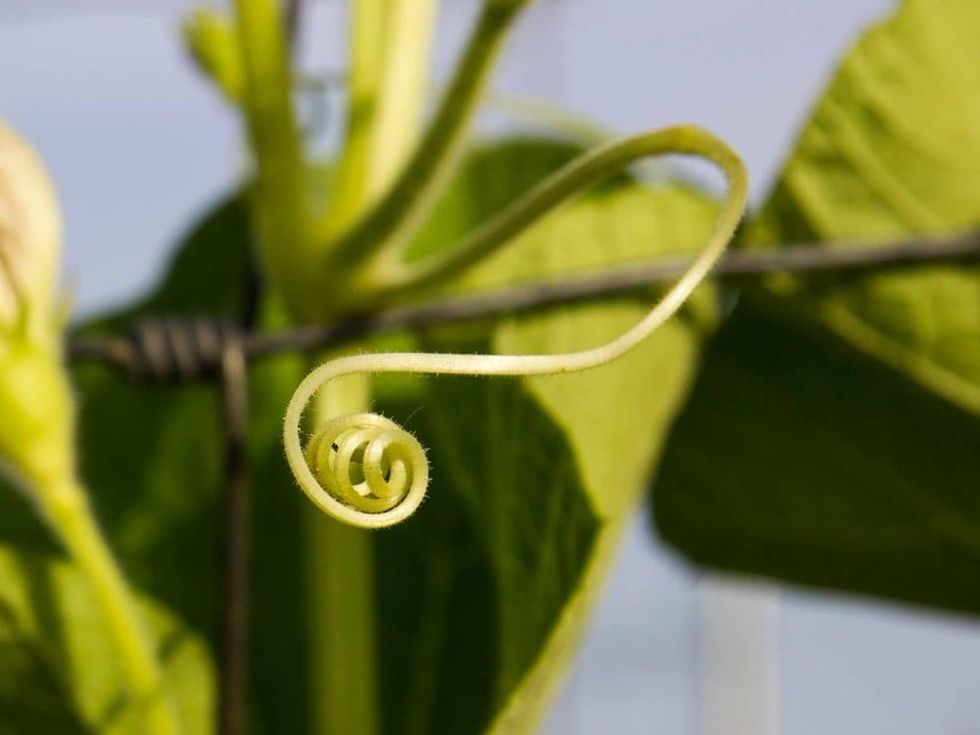


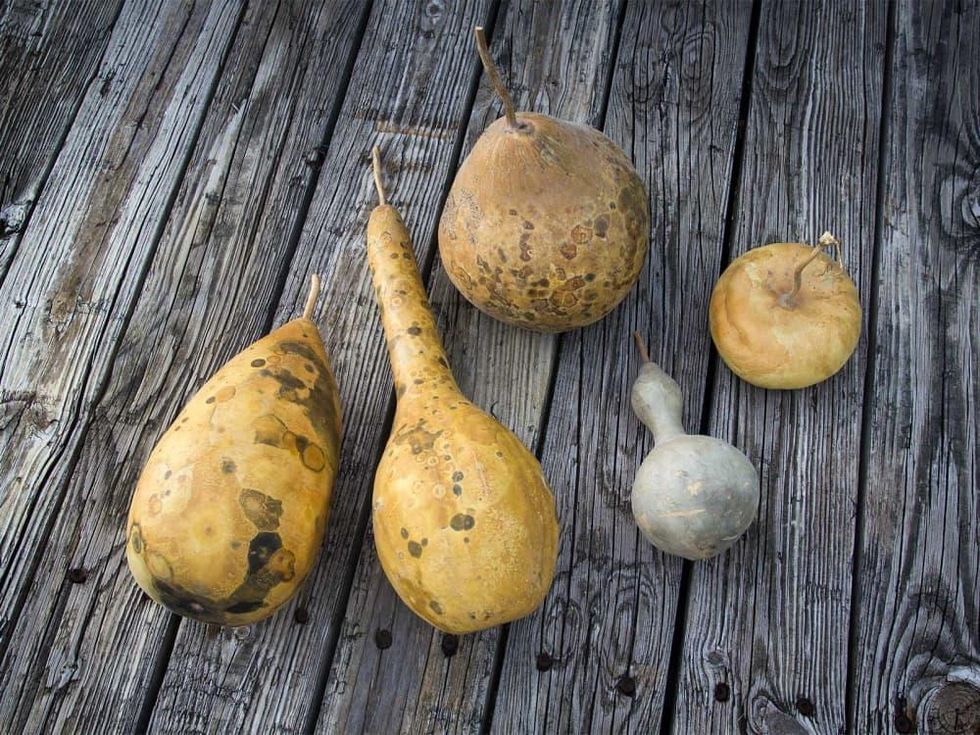
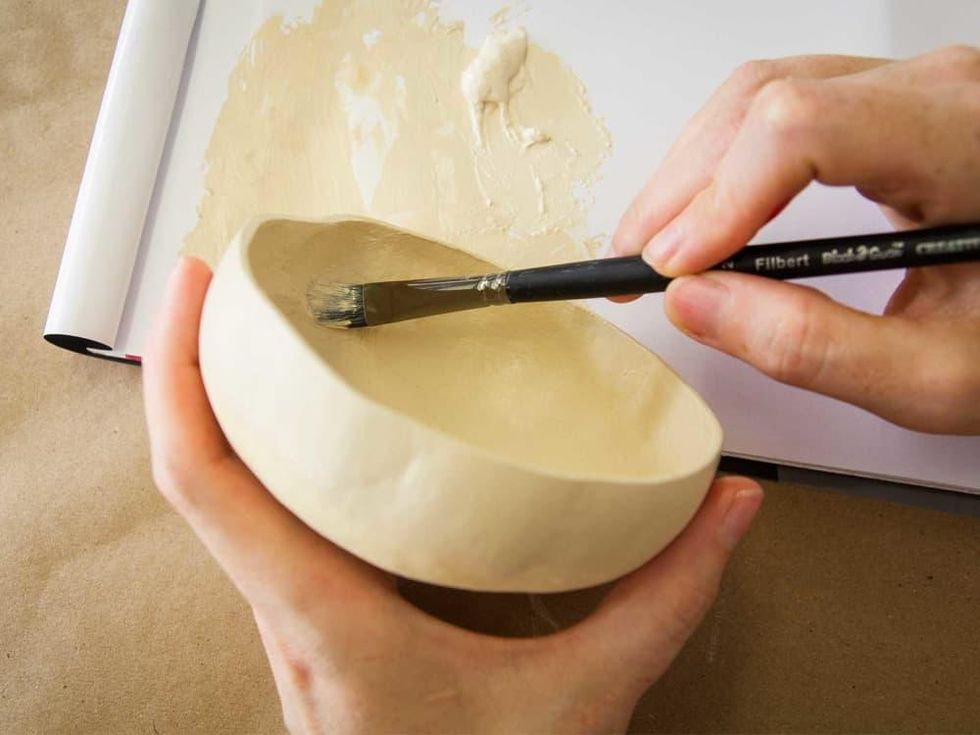
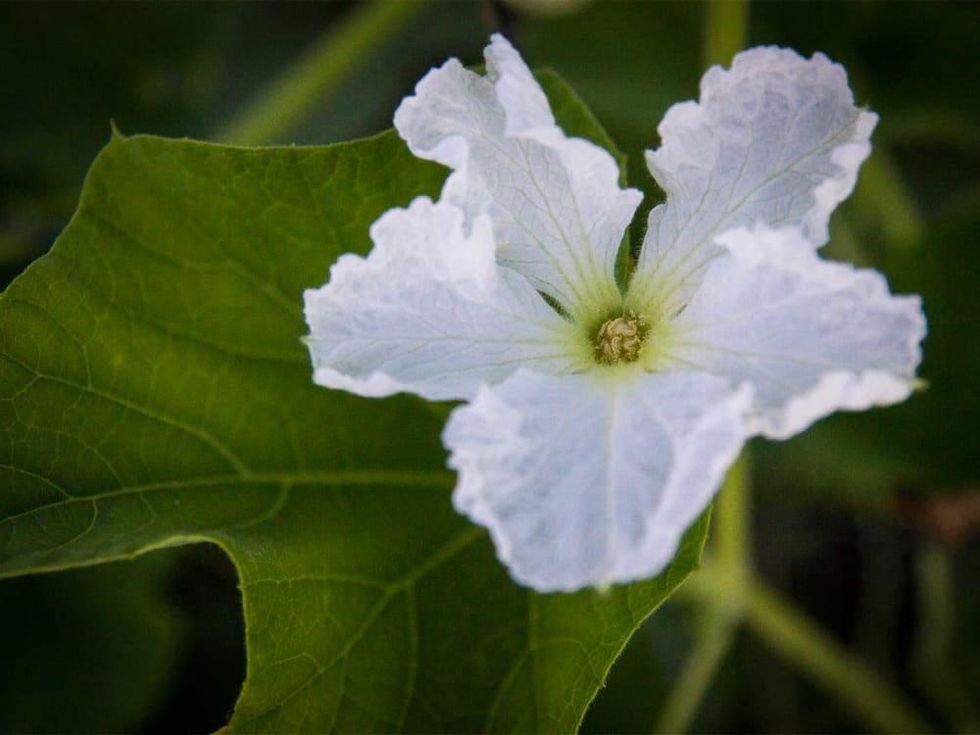
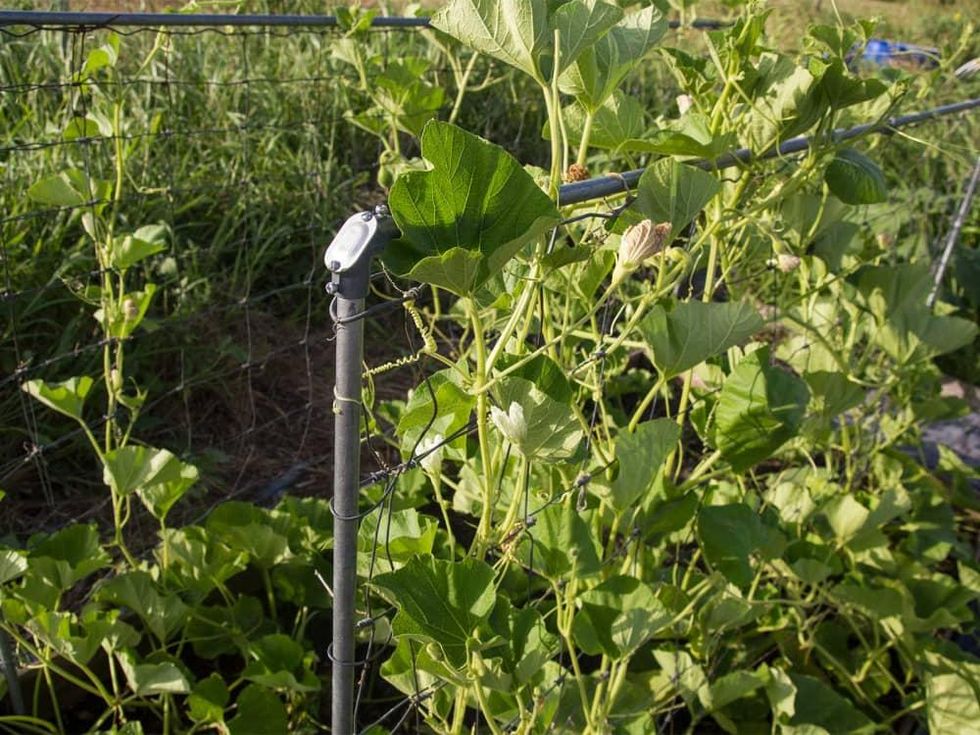

 The Meow Wolf team studied historical photographs to capture the right aesthetic for ETNL.Photo by Tarick Foteh
The Meow Wolf team studied historical photographs to capture the right aesthetic for ETNL.Photo by Tarick Foteh Nickelodeon influenced Neon Thrash's mural.Courtesy of Neon Thrash
Nickelodeon influenced Neon Thrash's mural.Courtesy of Neon Thrash